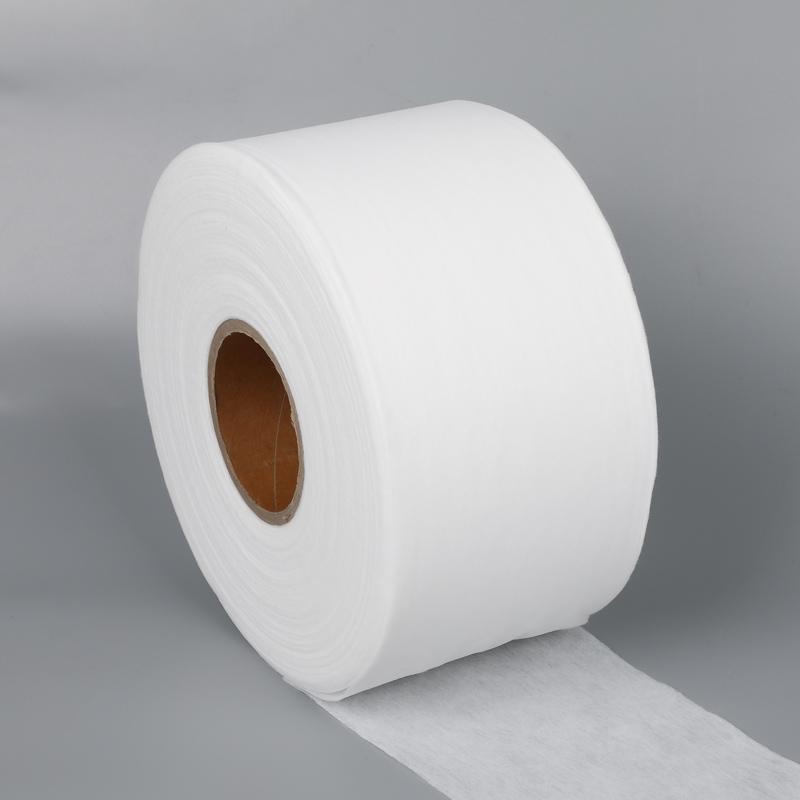Breathable film is a unique material

Breathable film is a unique material that has gained significant attention in various industries due to its innovative properties. At the core of its functionality lies the science of microporous technology, which allows for the exchange of gases while preventing the passage of liquids and larger particles.
The production of breathable film typically involves the extrusion of polymers, such as polyethylene or polypropylene, through a process that creates micropores. These pores are engineered to be small enough to block out water droplets and bacteria but large enough to allow water vapor to pass through. This selective permeability is what gives the breathable film its "breathing" capability.
The benefits of breathable film extend beyond simple moisture management. It also plays a crucial role in temperature regulation and air circulation, making it an ideal material for applications where maintaining a comfortable microclimate is essential. In the medical industry, for example, breathable films are used in wound dressings to promote healing by allowing oxygen to reach the wound site while keeping out contaminants.
The science of breathable film is not just about the physical structure of the material but also about the chemical properties of the polymers used. These polymers are chosen for their ability to remain stable under various conditions, ensuring that the film maintains its breathability and integrity over time.
In conclusion, the science behind breathable film is a fascinating blend of material science, polymer chemistry, and engineering. It is this combination of disciplines that has led to the development of a material that is both practical and innovative, with applications ranging from personal care products to industrial applications.
- Art
- Causes
- Crafts
- Dance
- Drinks
- Film
- Fitness
- Food
- Jogos
- Gardening
- Health
- Início
- Literature
- Music
- Networking
- Outro
- Party
- Religion
- Shopping
- Sports
- Theater
- Wellness


